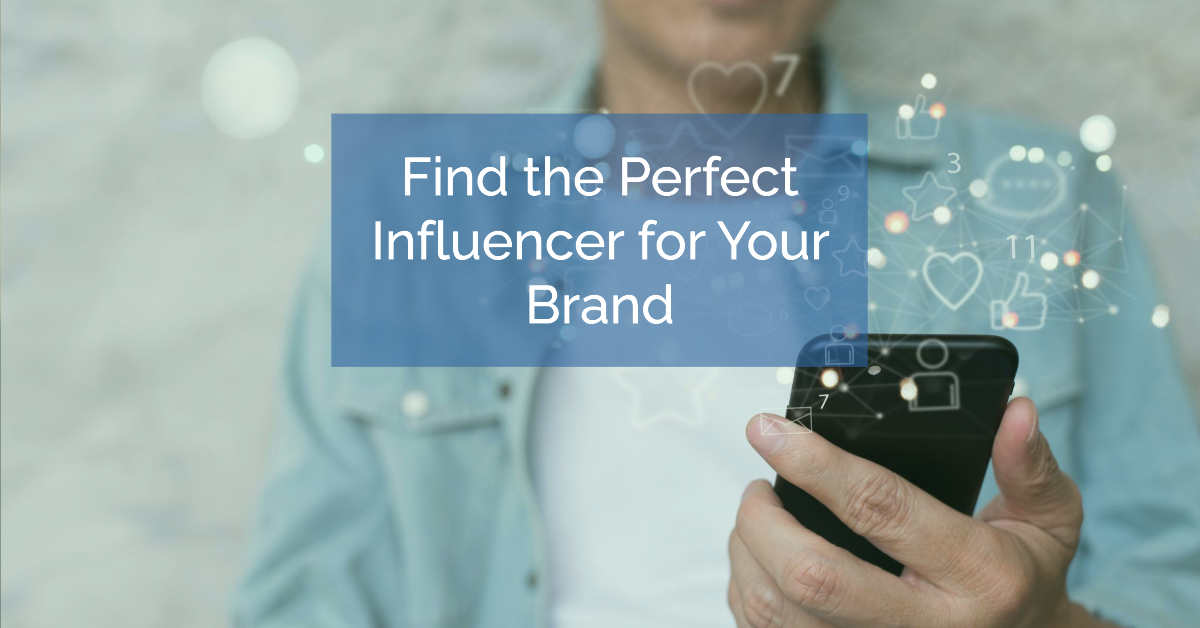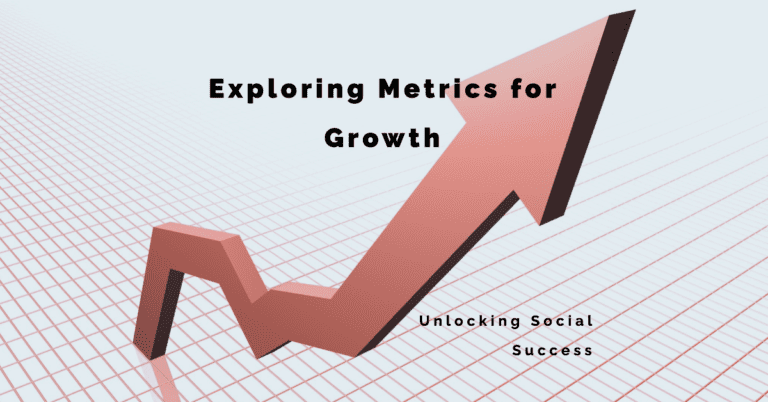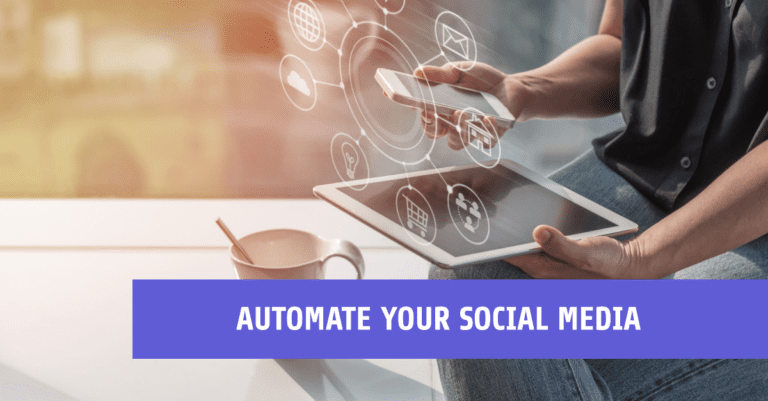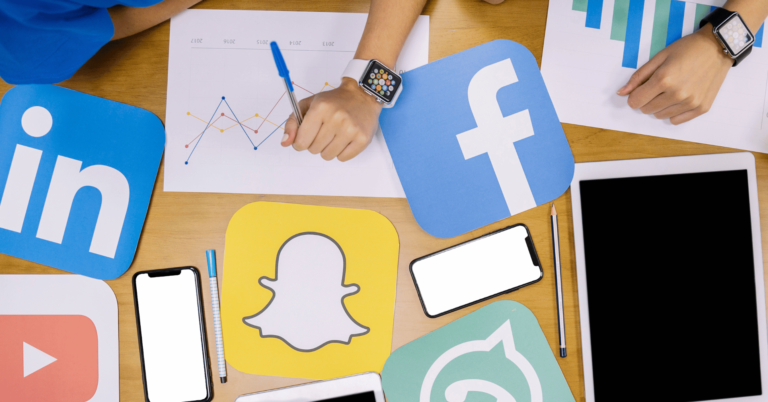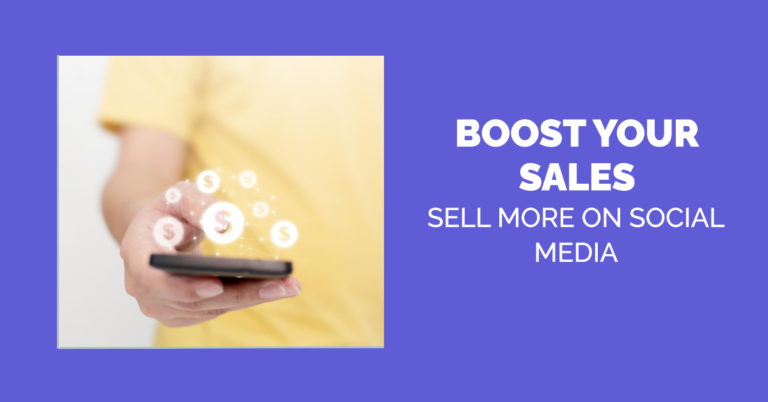As more and more brands recognise influencer marketing to be one of the most effective strategies to reach their target audience by leveraging the point of trust in the form of a recommendable, trusted person, i.e. an influencer,
However, finding the right influencers for a brand has become increasingly difficult. Whether yours is a freshly baked startup or an experienced marketing department of a multinational conglomerate, the principles for finding the right influencers are the same.
So, to start, here’s a rundown of everything you need to know to find the right influencers for your brand.
What is Influencer Marketing, and Why is it So Effective?
Fundamentally, influencer marketing is the tactic of utilising influencers to help brands promote the merchandise/services of a brand to their fans/followers in a way that allows the influencer’s established trust with their audiences to get viewers to react positively to the brand.
Yet, why is influencer marketing so successful?
The answer, in most cases, is trust.
A social media influencer might seem more relatable than a celebrity, which creates influence. Someone who has made a career out of being authentic online is more likely to persuade their followers than, for example, a sports star who has endorsed the same kit for years.
It can be applied to social media like Instagram, TikTok, YouTube, X, and Facebook. Brands can use influencers within those networks to drill into specialised demographics and audiences.
The Importance of Finding the Best Influencer
Not every influencer is right for your brand. Pick the wrong one, and instead of making inroads, you’ll waste your budget, fall short of engagement goals, and, in the worst cases, damage your brand’s name.
Figuring out who the right influencer is needs to include data beyond the apparent counts of followers. You want to have influencers whose personal brand appeals to your company’s values and genuinely resonates with your potential customer base. This goes beyond just ‘how many people’ and touches on the quality of the engagement rate, the content produced, and the follower demographics.
The Steps to Find the Best Influencers for Your Brand
Define Your Goals
Before you can do something, make sure it’s set up correctly. This is the first rule of influencer marketing. First, determine your goals. What is the outcome you’re hoping to achieve? Typical influencer campaign goals include:
- Increasing brand awareness
- Driving traffic to your website
- Boosting social media engagement
- Generating leads or sales
If you understand your objectives, it’s easier to identify the right influencers for your goals.
Identify Your Audience
Knowing your audience will also help you identify existing influencers reaching that audience. Demographic factors such as age, gender, location, and interests should all influence your decision-making.
For instance, reaching Gen Z is much better targeted with TikTok influencers than with Facebook influencers; however, reaching professionals or B2B audiences is best served with influencers and creators on X and LinkedIn.
Choose the Right Social Media Platform
They all do, of course; otherwise, you wouldn’t see them anywhere. However, each offers something different and has its niches and goals. For example:
- Instagram influencers are great for anything related to the visual aspect of your product (clothing, cosmetic make-up, lifestyle choices, etc.) because an Instagram influencer excels at one-to-one human interactions via images and videos
- YouTube influencers tend to make longer content and higher quality product reviews: great for tutorials, demos, unboxing and other informational content that require more time and detail
- TikTok influencers who produce short-form, highly engaging videos that are very popular with younger audiences and viral trends
- Facebook might not be as cool as Instagram or TikTok influencers, but Facebook influencers can reach a more mature (and diverse) audience
- X influencers are usually leaders or experts in a field. They are suitable for sharing news, fast updates and professional content
Use an Influencer Marketing Platform or Influencer Search Tool
It’s challenging work to go out and identify influencers, and if you need to find many influencers, that can take time. That’s where the influencer marketing platforms come in.
Consider finding an influencer marketing platform that fits your needs to find an influencer. Whether it’s through influencer marketplaces or a dedicated tool designed to identify influencers that match your values, follower count and audience interests,
Some benefits of using an influencer search tool or influencer marketing platform include:
- Access to an influencer database: search by platform, location, niche, tag, etc.
- Influencer analytics: An influencer reporting tool that will help analyse an influencer’s engagement rate, audience reach, and follower growth rate, helping you weed out fake influencers with inflated follower counts
- Profile data: In-depth information about the influencer, including previous campaigns, audience demographics, and brand affinity
Understand Different Types of Influencers
Influencers come in various sizes, from teeny-tiny nano-influencers with fewer than 1,000 followers to titanic mega-influencers who rack up millions of followers. They’re not all created equal, and navigating the differences can be the key to a successful influencer collaboration.
- Nano-Influencers: 1K – 10K followers. The first group are everyday social media users and influencers. They have a lower reach but a stronger and more personal relationship with their followers. Engagement rates are usually higher
- Micro-Influencers: 10K-100K followers. Tend to have a niche or deep interest in something and can have engaged audiences responsive to their communications. Micro-influencers are suitable for targeted campaigns
- Macro-Influencers: 100K – 1M followers. These influencers have more widespread reach than their micro counterparts and tend to be authorities within their chosen industry or niche. They can have fewer engaged followers than Micro-influencers, but their reach is much greater
- Mega-Influencers: 1M+ followers. These are often celebrities but can be other highly visible public figures. You’ll be able to reach many people, but they are generally pricier and less targeted than micro or macro-influencers
Vet Potential Influencers
You’ll want to do homework when you’ve pared down your influencer list. Check for:
Authenticity
Ensure the influencer is a high-quality content creator your brand can get behind. The influencer shouldn’t appear to be getting a different sponsored deal every week without a natural connection to the brands.
Sizzle Factor
All other things being equal, the ‘sizzle factor’ (how you find the influencer and their aesthetic) determines whether they’ll do what they’ve been paid to do. And that’s a problem.
The sizzle factor has little to do with whether an influencer can motivate people to take a specific action, such as downloading your phone app or trying out your new toothpaste. Savvy micro-influencers know that 0 and 100-percent engagement rates are both terrible for business, most of the time.
Watch your influencer’s engagement rate, the number of people who react and interact with each influencer’s post, such as liking, commenting, and sharing it with their followers. This figure matters much more than their number of followers.
A micro-influencer with only a couple of tens of thousands of followers who have high engagement can drive better performance for you than an influencer with great reach but a massive, zombie-like following. Paying an influencer with 4 million followers $250,000 per post is a considerable investment.
Audience Demographics
Has your influencer’s target demographic been analysed to ensure it fits your target demographic? Can you access the data via influencer analytics tools and assume their audience is your target audience? Your campaign must go to the right people.
The influencer’s previous promotional campaigns will help you decide what’s appropriate for your brand. Did they partner with a competitor or brand in a different category? Has the influencer successfully promoted content for brands like yours?

Launch Your Influencer Marketing Campaign
After you’ve got your influencers, you launch your campaign. This is where your campaign management process should be firing on all cylinders, whether for single-influencer or multi-influencer campaigns. Organisation is everything.
Successful campaign management involves tracking deliverables, monitoring metrics, and meeting deadlines. Many influencer marketing platforms have campaign management functionality that enables you to communicate with your influencers, monitor your contracts, track your posts, and measure your ROI.
Monitor and Measure Success
Just because an influencer marketing campaign is launched doesn’t mean it can be considered “set it and forget it”; you will want to monitor campaign performance in real-time and adjust strategies as needed. Track metrics like:
- Engagement rates (likes, shares, comments)
- Click-through rates (if you’re driving traffic to a website)
- Sales or conversions (if your goal is revenue-based)
- Reach and impressions
Having these metrics readily available will help you determine your ROI, allowing you to make better choices for your next influencer marketing campaign.
Avoiding Fake Influencers
However, the growing power of influencer marketing has created the growth of fake influencers, who use shortcuts to appear more influential than they are by buying followers and engagement. There are two indicators of a fake influencer.
The first is the engagement-to-follower count ratio. Often, cheap influencers with hundreds of thousands of followers have very few likes on their posts despite seemingly ordinary comments that make up for it.
The second indicator is the actual comment content. Fake influencers frequently use superficial emojis or generic hearts and hands to commend content.
The best way to avoid fake influencers is to check with influencer analytics tools – asking if the influencer’s engagement rate is high enough (1 per cent). If their follower growth patterns make sense (not a 10,000% change in one week), and if comments appear genuine, not all are from bots saying ‘lol’, etc. You can also try using tools such as Social Blade to see if an influencer’s follower count suddenly spikes, indicating they might have paid for followers at one point.
Building Long-Term Influencer Relationships
Influencer marketing is not only about transactional promotions but also about creating enduring, mutually beneficial relationships between brands and influencers. Our anecdotal evidence is that brands with sustainable influencer relationships ultimately achieve better results. An influencer with an authentic affinity for your product can be converted into a brand ambassador who spreads a positive message about your brand or product sustainably.
Treat influencers less as advertising tools and more like partners. Communicate regularly, pay fairly, and let them create freely.
Final Thoughts

Influencer marketing can be powerful, but you must do it right.
That means finding an influencer who’s a genuine fit for your brand.
You should consider the audience—are these the people you’d like to speak to? The values—do the influencer’s views and priorities align with yours? And the voice—does the influencer’s content style fit well with yours?
Whether you have a sophisticated influencer marketing tool, are searching through an influencer marketplace, or are manually searching yourself, the most essential part of influencer marketing is finding influencers who align with your brand. Apply these tips, and you’ll be well on your way to launching a successful and fruitful influencer campaign.

